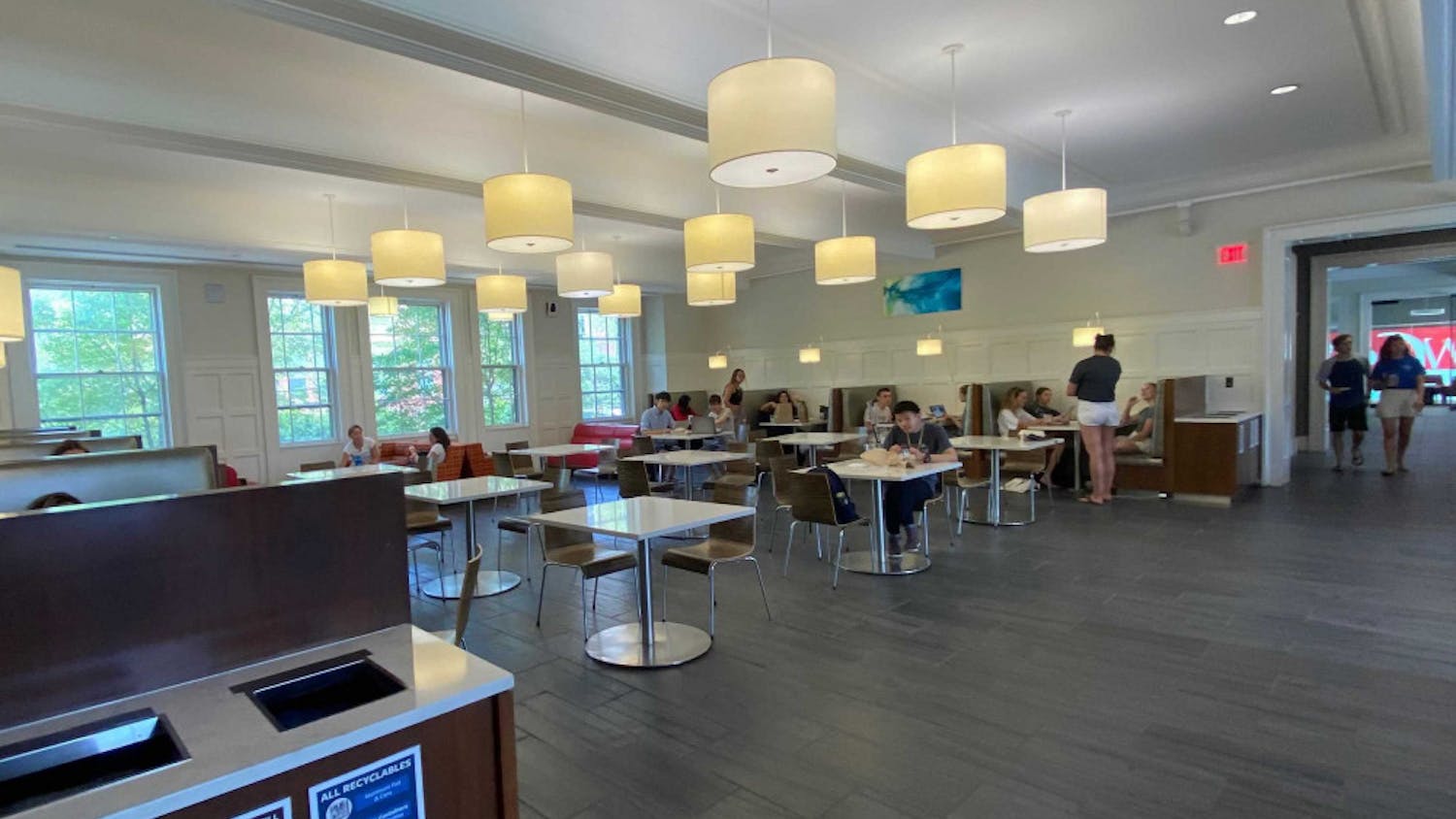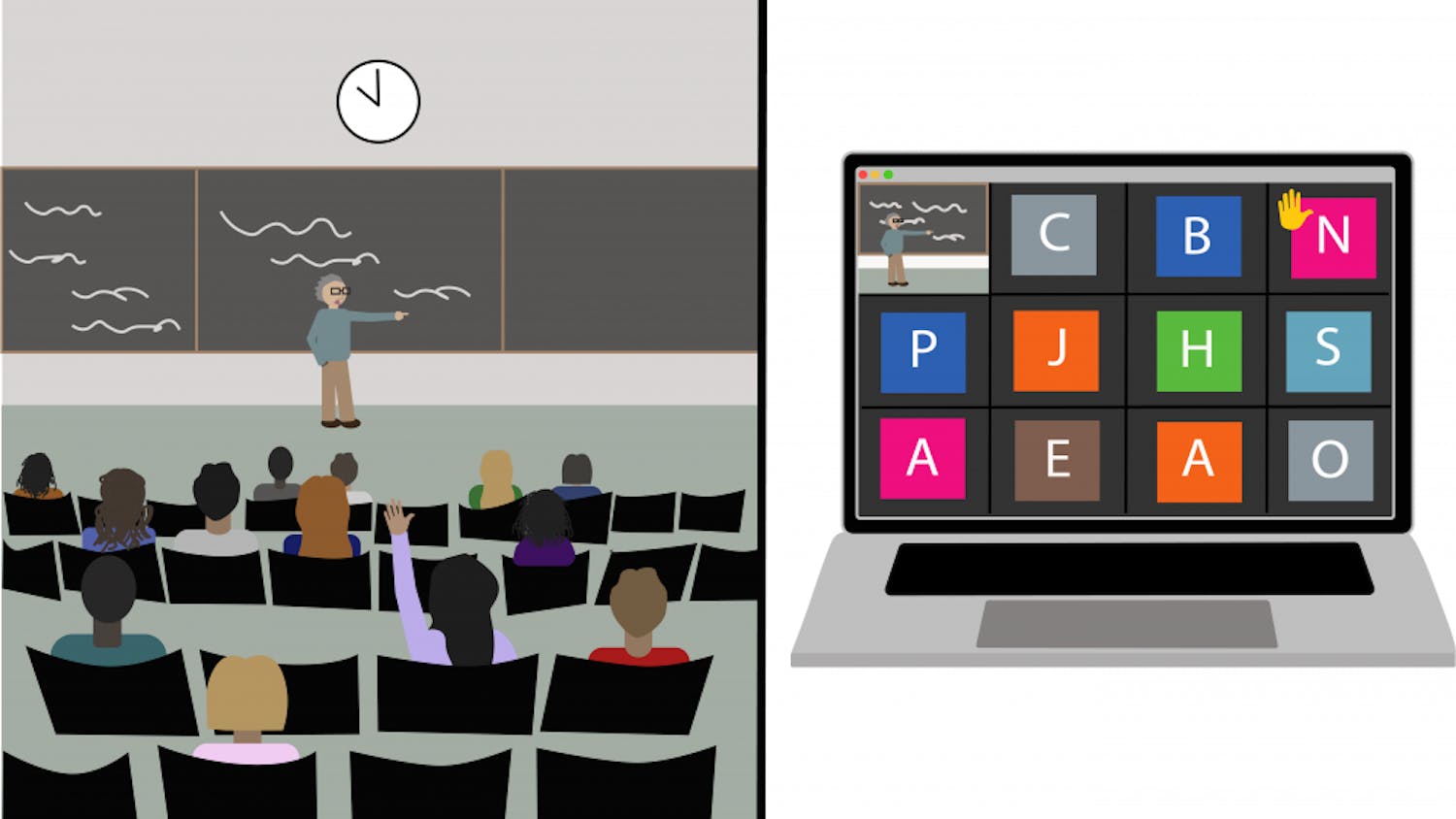Take a walk through my sister's affluent suburban neighborhood in Palo Alto, California and, I swear, after a while you just might forget that there are pain and injustice in the world. Pass by its perfectly arranged gardens, brand new toys strewn on freshly cut lawns and boys casually walking home in their soccer uniforms, and your mind is a blank. But wait. Before you zone out, check out the separate city of East Palo Alto - that is, unless you are scared to, as so many Palo Alto residents are.
The city of East Palo Alto is a different slice of life. While I visited my sister every summer during the dot-com boom of the late 1990s, watching her and other Silicon Valley workers earn hefty salaries and stock options, low-income Bay Area communities like East Palo Alto were choking on the toxic waste produced, in particular, by the computer chip and hardware manufacturing industry. Interesting juxtaposition, no?
With half the median household income of its prosperous neighbor, East Palo Alto was once home to a majority-black community and still remains a social and cultural base for Silicon Valley blacks who attend church and other functions there. Sadly, that base is disintegrating as rising property values and taxes force most of the remaining black residents out. The rise results from a few major sources of development that appeared there in 2000: upscale housing developments to lure Silicon Valley workers, a giant shopping center including Home Depot, Best Buy and IKEA stores and a Four Seasons Hotel, where a dingy area called Whiskey Gulch, whose name speaks for itself, used to be located.
These developments have raised property prices while kicking out small businesses and bringing only low-paying retail jobs to the area. In other words, while there may be more jobs, they do not pay enough to support the higher cost of living there. The various corporations that came into the city in 2000 never conspired to ruin a black community; their decisions were simply aimed at making the highest profits possible.
The black community in East Palo Alto was not ignorant of the predictable results of letting in superstores like IKEA. Churches, community groups and the city's newspaper all voiced strong opposition to such a development. Yet their voices failed to be heard beyond city limits.
To understand why, we must first acknowledge the enormous power that campaign money has in determining who runs for office, who wins and who has the ear of elected officials. The candidate who raises more money during his or her campaign usually wins the race. How much money an organization donates to a candidate during campaign season is almost always correlated with how strongly the candidate, if elected, argues for policies which benefit the organization.
Centuries of discrimination have created an economic disparity between people of color and the white majority. The importance of money in politics therefore puts people of color at a huge disadvantage. For example, according to the Color of Money Project, almost 85 percent of federal contributions from California come from zip codes with a majority of white, non-Hispanic citizens.
Republicans and Democrats alike spout rhetoric about protecting small businesses and communities. Yet because of the need to satisfy campaign contributors, real solutions for limiting corporate power from steamrolling community interests are rarely, if ever, on the table.
Corporations were not this powerful 30 years ago. Despite his association with Watergate, President Richard Nixon approved several measures opposed by business, such as an increase in the capital gains tax, limits on the use of tax shelters, a stronger occupational safety and health bill and stronger regulations on air pollution. It was not until the little-known SUN-PAC ruling in 1975, permitting corporations more control over their political action committees, and the Federal Election Commission's 1978 approval of "soft money" contributions, that corporations were on the road to influencing our democracy in the way they do today.
I outline that brief history lesson to prove a point. The government decides how much power corporations have. It is this fact of history that, as Maria Elena Martinez of CorpWatch once wrote, "explodes the myth of inevitability surrounding the corporate takeover of our lives." In a different legal and political climate, East Palo Alto could have negotiated for better wages and benefits for employees of these big-box retailers before letting them in.
At this juncture, one might ask how Arizona managed to create a discount prescription drug program and how Maine ever passed a bill for a form of universal health coverage. The pharmaceutical industry may be the industry best known for its undue influence on public policy.
The answer is that Maine and Arizona have passed brilliant bills to reduce the influence of special interests on their political processes. By providing a voluntary system of public funding for campaigns, elected officials can avoid owing favors to big business and instead focus on fairly representing their constituents' interests. Democracy Matters, a student group at Brown, is fighting to replicate such a bill in Rhode Island to produce pro-democratic structural change. Please go to www.cleanelectionsri.org for information on our plans for next year and how you can be involved.
"Urban regeneration" in East Palo Alto does not have to be a euphemism for relocation of poor people of color and replacement with more well-heeled residents. When governments take back the reins and resume their once esteemed roles as regulators of corporate power, cities regain the authority to derive the meaning of such terms for themselves.
Kailin Clarke '07 is currently taking a semester off to work in California.




